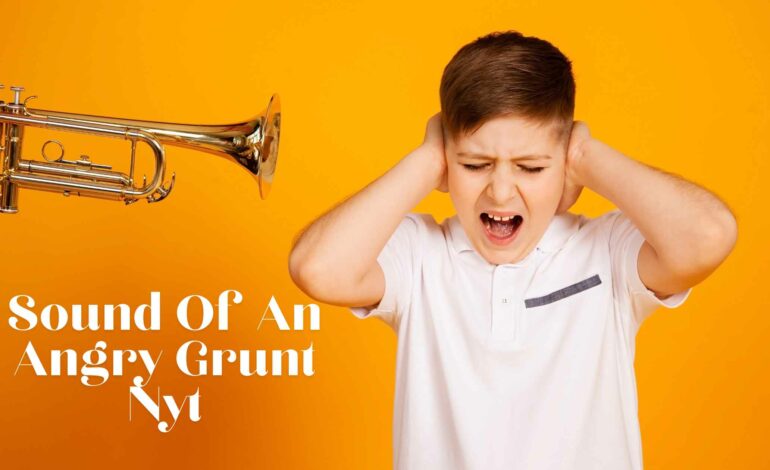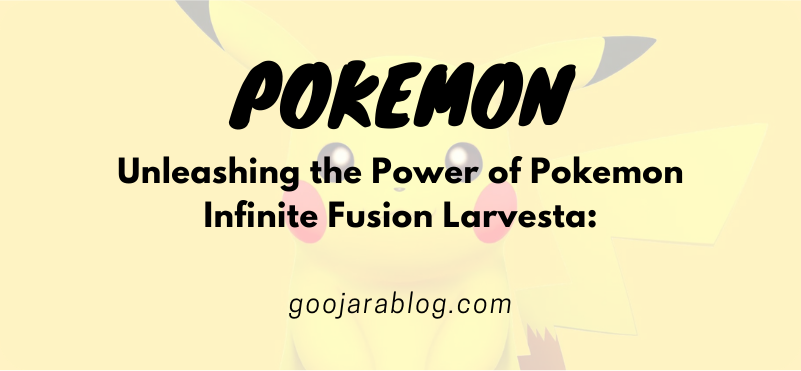
Sound Of An Angry Grunt Nyt – Insights From The New York Times!
In the world of journalism, The New York Times (NYT) often delves into various aspects of human expression and communication. Among the intriguing topics covered, the concept of “the sound of an angry grunt” stands out as a unique subject.
“Sound of an Angry Grunt” symbolizes a form of dissatisfaction or protest. In media and journalism, it can represent the vocal reaction or critique of a particular issue or event.
This article explores the significance of this expression, its implications, and how it has been discussed in notable publications like The New York Times.
Table of Contents
What is the sound of an angry grunt nyt? – comprehensive coverage!
The phrase “sound of an angry grunt” refers to a primal vocalization that expresses frustration or irritation. This non-verbal sound is characterized by its guttural, low-frequency quality, often emitted spontaneously when someone is experiencing intense emotions. Such grunts can be seen as a raw, instinctive response that conveys discontent or stress without the need for verbal articulation.
The New York Times has examined the significance of these non-verbal cues in understanding human emotional expression, highlighting their role in communication and psychological states. In its exploration, The New York Times delves into how these primal sounds reflect underlying emotions and impact interpersonal interactions.
The coverage often includes studies and research on non-verbal communication, offering insights into how such sounds can influence social dynamics and emotional connections. By analyzing the context and cultural variations of these expressions, NYT provides a nuanced understanding of how something as simple as an angry grunt can carry significant meaning in human communication.
Read Also: Myliberla.Com General – Comprehensive Guide To Insights, Analyses, And Interpretations!
Understanding the Angry Grunt – Discovering the insights!
An angry grunt is a basic, guttural vocalization that typically emerges when someone is feeling frustrated or annoyed. This non-verbal expression serves as a raw, instinctive response to negative emotions, allowing individuals to communicate their distress without using words. The grunt can vary in intensity, reflecting a spectrum of feelings from minor irritation to significant anger, and functions as a form of emotional discharge.
In many cases, this type of grunt acts as an immediate and visceral reaction, providing a quick release for built-up frustration. It bypasses the complexities of verbal communication, offering a direct means of expressing discontent. This form of expression is deeply rooted in human nature, highlighting the fundamental ways we convey emotions and interact with others in high-stress situations.
The Role of Grunts in Human Communication – Spreading Awareness!
The Importance of Non-Verbal Cues:
Non-verbal cues like grunts, groans, and other vocalizations are vital in human communication. They convey emotional states and intentions that words might not fully capture. These sounds help fill in the gaps where verbal language may be insufficient.
Evolutionary Roots of Grunts:
Grunts and similar sounds have deep evolutionary roots. They are remnants of primitive communication systems used by early humans. These vocalizations served crucial functions in expressing emotions and intentions before the development of complex language.
Emotional Expression Through Sound:
Grunts can offer a raw and immediate expression of emotions. When words fail or are inadequate, these sounds provide an alternative means to convey feelings such as frustration or anger. They help individuals communicate their emotional state more effectively in certain situations.
Read Also: Zoltrakk – Unveiling The Forbidden Spell Of Immense Power!
The NYT’s Exploration of Non-Verbal Communication!
The New York Times has covered various facets of human behaviour and communication, including the significance of non-verbal cues. Articles exploring these topics often delve into how these sounds impact interactions and how they are perceived in different cultural contexts.
Case Studies and Research:
In some of its articles, NYT has referenced studies on non-verbal communication, including the sound of grunts. Research highlights how such sounds can influence interpersonal dynamics and reflect underlying emotions. These studies often draw on observations from psychology and anthropology to provide a comprehensive understanding.
Psychological Impact:
The psychological impact of non-verbal sounds like grunts can be significant. For example, an angry grunt can signal to others that the individual is experiencing distress, potentially leading to changes in how they are treated or how they interact with their environment.
Cultural Variations:
Different cultures may interpret and react to non-verbal sounds differently. The NYT has explored how cultural context can shape the meaning and perception of these sounds, providing a global perspective on this aspect of communication.
Read Also: Molarul – Unraveling The Secrets Of Sustainable Habits!
The Significance of the Angry Grunt in Media and Culture!
Impact on Character Development:
In media, the angry grunt is a powerful tool for character development. It provides a quick way to portray a character’s frustration or anger without lengthy dialogue. This sound helps viewers grasp the emotional context and enhances the character’s depth and relatability.
Enhancing Narrative Engagement:
The use of angry grunts in films and television adds emotional weight to scenes. By incorporating such sounds, creators can heighten the dramatic impact and engage audiences more effectively. This non-verbal cue enriches storytelling and makes emotional moments more vivid.
Cultural Perceptions of Non-Verbal Sounds:
Cultural perceptions of grunts and similar sounds reveal much about societal values and communication norms. Different cultures interpret these expressions in various ways, influencing how emotions are conveyed and understood. The New York Times has explored these cultural differences and their impact on our view of non-verbal communication.
Symbolism in Media:
In media portrayals, the angry grunt often symbolizes more than just irritation; it can signify underlying issues such as power struggles or deep-seated frustration. This symbolic use helps in constructing complex characters and storylines, allowing audiences to engage with the narrative on a deeper level.
Use in Comedy and Satire:
The angry grunt is also utilized in comedic and satirical contexts to exaggerate characters’ emotions or reactions. By amplifying the grunt, creators can highlight absurdities or create humorous situations, thus providing entertainment while reflecting on human behavior.
Influence on Audience Empathy:
The representation of angry grunts in media can significantly influence audience empathy. By effectively depicting the rawness of such expressions, media can foster a stronger emotional connection between the audience and the characters, making the viewers more invested in the story.
Comparative Analysis Across Cultures:
A comparative analysis of how different cultures use grunts and other non-verbal sounds reveals variations in emotional expression. Such studies can uncover how cultural backgrounds shape the interpretation and significance of these sounds, offering insights into global communication practices.
Evolution of Media Techniques:
The evolution of media techniques has seen a growing sophistication in how angry grunts are used. From simplistic portrayals to nuanced sound design, media has developed new ways to incorporate these sounds to enhance storytelling and emotional expression.
Psychological Impact on Viewers:
The angry grunt can have a psychological impact on viewers, eliciting specific emotional responses based on the intensity and context of the sound. Media creators use this to manipulate audience emotions and reinforce the thematic elements of their narratives.
Read Also: “Mcs App Portal: Revolutionizing Access To Educational Technology”
FAQS:
Q1. What is an angry grunt?
An angry grunt is a guttural sound made to express frustration or irritation. It is a non-verbal way to convey emotions without words.
Q2. Why are grunts significant in communication?
Grunts provide a raw, instinctive way to express emotions when verbal communication falls short. They help convey feelings like frustration or annoyance quickly.
Q3. How is the angry grunt used in media?
In media, the angry grunt highlights a character’s emotions and enhances storytelling.
Q4. What does the New York Times say about grunts in communication?
The New York Times explores how grunts and similar sounds are crucial for understanding non-verbal communication. They analyze how these sounds reflect emotional states and cultural differences.
Q5. How do cultural attitudes affect the perception of grunts?
Cultural attitudes shape how grunts and non-verbal expressions are interpreted and understood. Different cultures may view these sounds through various emotional and societal lenses.
Conclusion:
the angry grunt serves as a powerful, primal form of non-verbal communication, revealing deep emotional states that words alone may not fully express. This guttural sound, often emerging from frustration or irritation, plays a crucial role in human interactions by offering an immediate, instinctive outlet for emotional release. Its significance extends beyond personal communication into media and cultural representations, where it enhances character development and storytelling. By analyzing its use in various contexts, such as those explored by The New York Times, we gain a richer understanding of how non-verbal cues like grunts contribute to emotional expression and interpersonal dynamics. Whether in daily life or on screen, the angry grunt remains a compelling example of how fundamental sounds can profoundly influence communication and emotional engagement.





